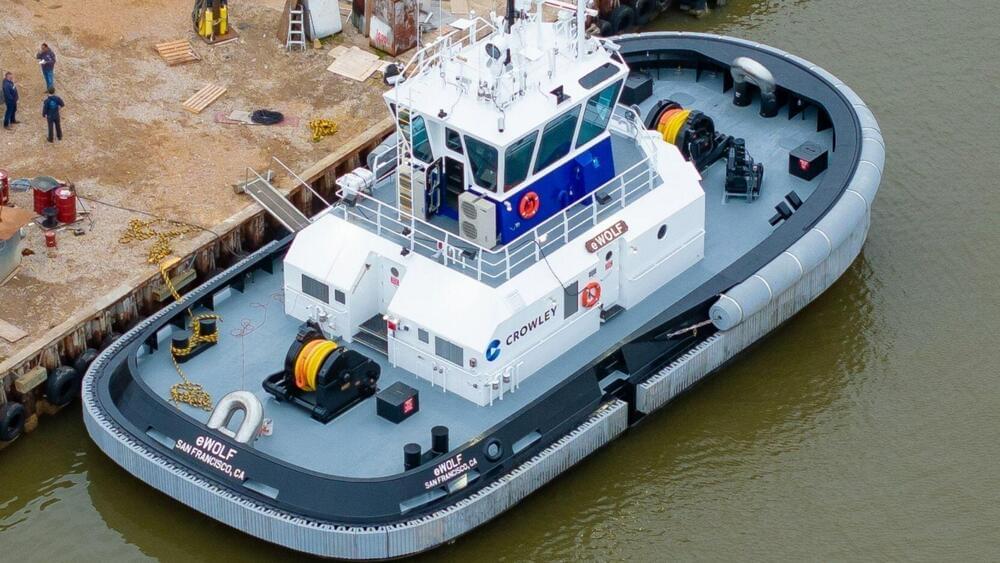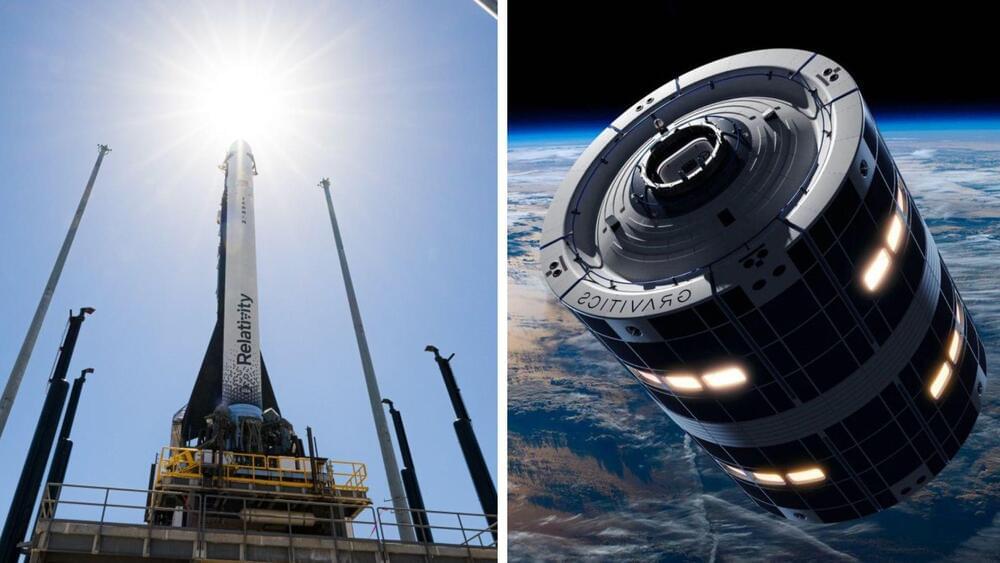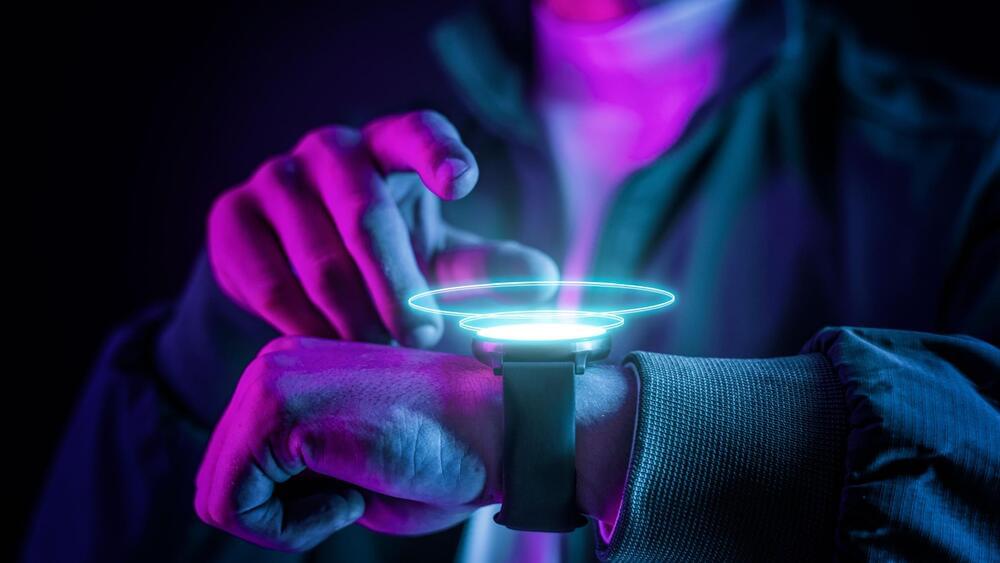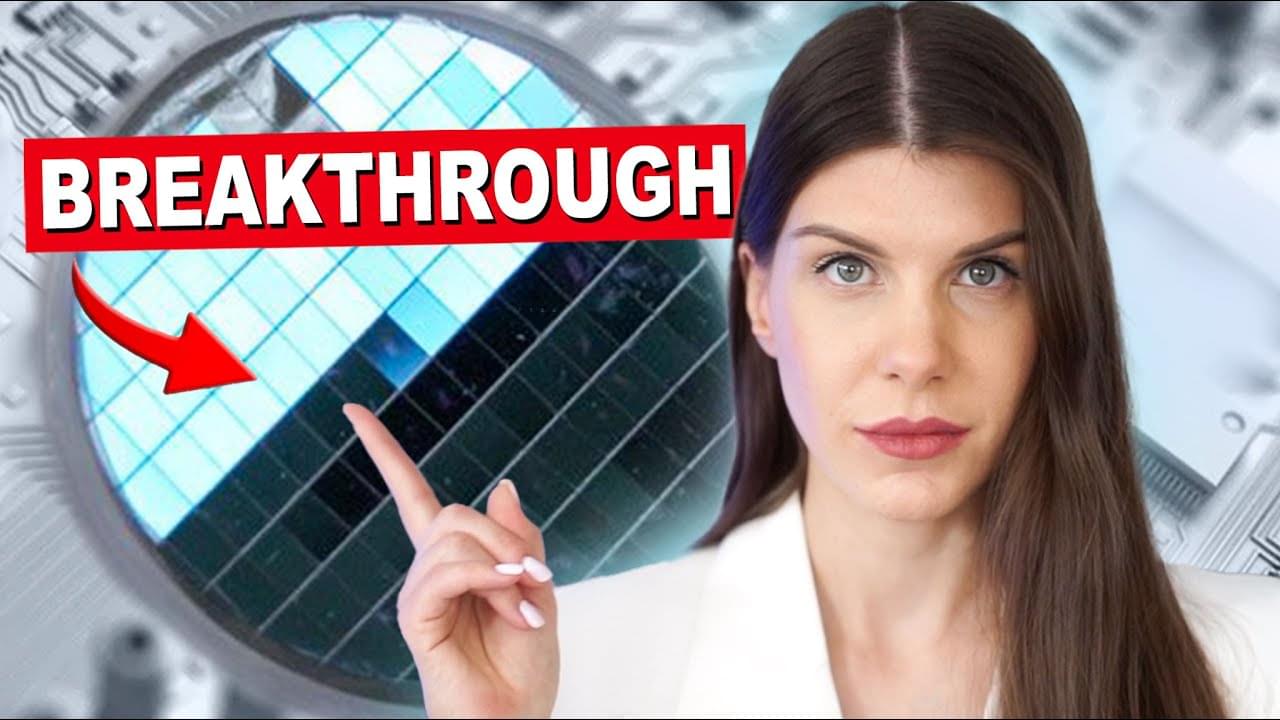Archive for the ‘innovation’ category: Page 46
Jan 31, 2024
Empowering The Connected Worker
Posted by Saúl Morales Rodriguéz in categories: augmented reality, innovation
Connected workers benefit from enhanced collaboration through digital communication platforms. This is particularly impactful in scenarios where quality issues arise and require immediate attention. Seamless communication channels allow for swift coordination between different departments, including production, quality control, and maintenance, facilitating quick resolutions to quality challenges and minimizing the impact on the final product.
The Future of Manufacturing Excellence
The connected worker is proving to be a catalyst for transformative change in the realm of quality control within manufacturing. As technology continues to advance, the integration of IoT, predictive maintenance, augmented reality, and data analytics will further empower workers to uphold and elevate product quality standards. Manufacturers embracing these advancements are not only ensuring the production of high-quality goods but are also positioning themselves at the forefront of Industry 4.0, where connectivity and innovation converge to redefine the future of manufacturing excellence.
Jan 30, 2024
The Professions of the Future (1)
Posted by Henrique Jorge in categories: automation, big data, business, computing, cyborgs, disruptive technology, education, Elon Musk, employment, evolution, futurism, information science, innovation, internet, life extension, lifeboat, machine learning, posthumanism, Ray Kurzweil, robotics/AI, science, singularity, Skynet, supercomputing, transhumanism
We are witnessing a professional revolution where the boundaries between man and machine slowly fade away, giving rise to innovative collaboration.

Photo by Mateusz Kitka (Pexels)
As Artificial Intelligence (AI) continues to advance by leaps and bounds, it’s impossible to overlook the profound transformations that this technological revolution is imprinting on the professions of the future. A paradigm shift is underway, redefining not only the nature of work but also how we conceptualize collaboration between humans and machines.
As creator of the ETER9 Project (2), I perceive AI not only as a disruptive force but also as a powerful tool to shape a more efficient, innovative, and inclusive future. As we move forward in this new world, it’s crucial for each of us to contribute to building a professional environment that celebrates the interplay between humanity and technology, where the potential of AI is realized for the benefit of all.
In the ETER9 Project, dedicated to exploring the interaction between artificial intelligences and humans, I have gained unique insights into the transformative potential of AI. Reflecting on the future of professions, it’s evident that adaptability and a profound understanding of technological dynamics will be crucial to navigate this new landscape.
Jan 30, 2024
New Microchip Breakthrough: New Era in Electronics?
Posted by Ken Otwell in categories: computing, innovation
Jan 28, 2024
Humans will soon be worshipping AI chatbots as gods, experts warn
Posted by Zola Balazs Bekasi in categories: innovation, robotics/AI
Lars Holmquist, a professor of design and innovation at Nottingham Trent University, said psychologists have historically proven that humans interpret interactions with computers like real social relationships.
-
Bookmark
Jan 28, 2024
Plant-Based Rubber Innovations Fuel Sustainable Tire Growth
Posted by Quinn Sena in categories: innovation, sustainability
Alternative sources of rubber from plants are being studied as a more sustainable substitute to natural rubber.
Jan 27, 2024
Untethered Micro/Nanorobots for Remote Sensing: Toward Intelligent Platform
Posted by Paul Battista in categories: innovation, robotics/AI
Untethered micro/nanorobots that can wirelessly control their motion and deformation state have gained enormous interest in remote sensing applications due to their unique motion characteristics in various media and diverse functionalities. Researchers are developing micro/nanorobots as innovative tools to improve sensing performance and miniaturize sensing systems, enabling in situ detection of substances that traditional sensing methods struggle to achieve. Over the past decade of development, significant research progress has been made in designing sensing strategies based on micro/nanorobots, employing various coordinated control and sensing approaches. This review summarizes the latest developments on micro/nanorobots for remote sensing applications by utilizing the self-generated signals of the robots, robot behavior, microrobotic manipulation, and robot-environment interactions.
Jan 27, 2024
Scientists turn glass into a ‘transparent’ semiconductor with laser
Posted by Shailesh Prasad in categories: innovation, materials
The team was thrilled with this discovery and saw the potential for creating durable patterns on the glass surface that could produce electricity when illuminated. This is a significant breakthrough because the technique does not require any additional materials, and all that is needed is tellurite glass and a femtosecond laser to create an active photoconductive material.
“Tellurium being semiconducting, based on this finding we wondered if it would be possible to write durable patterns on the tellurite glass surface that could reliably induce electricity when exposed to light, and the answer is yes,” explains Yves Bellouard who runs EPFL’s Galatea Laboratory.
Jan 26, 2024
Meet all muscle, no smoke, eWolf: US’ first innovative electric tugboat
Posted by Shailesh Prasad in categories: innovation, sustainability

Embark on a greener maritime future with Crowley’s eWolf, the first all-electric tugboat in the US, setting sail to revolutionize sustainability on the seas.
Jan 23, 2024
10 Space Startups to Keep an Eye on in 2024
Posted by Shailesh Prasad in categories: innovation, space travel

In-development space innovations from the private space industry include space cannons, modular space station units, and 3D-printed rockets.














